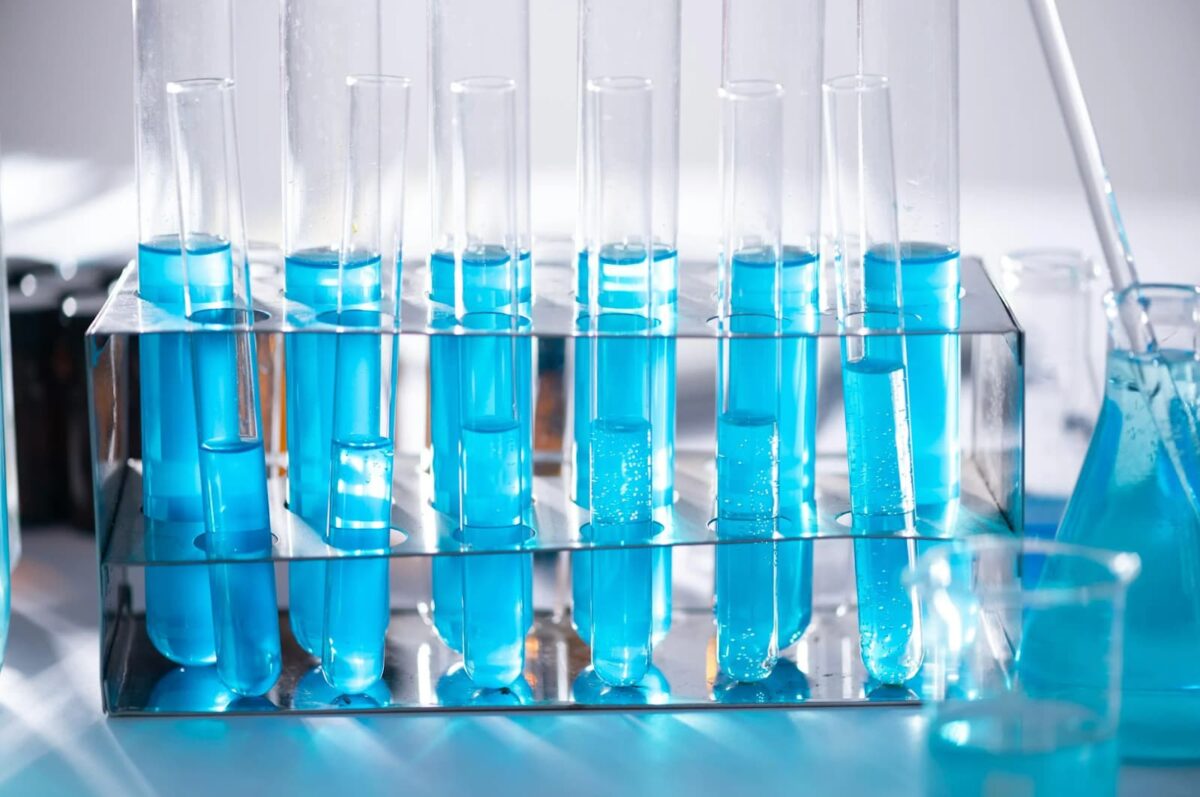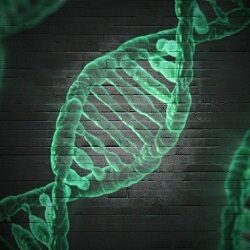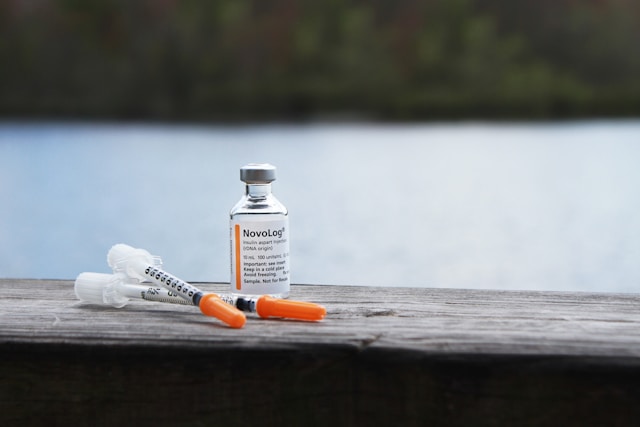Chemistry in Everyday Life: Unveiling the Science Around Us
Chemistry is often seen as a complex and abstract science, confined to laboratories and academic discussions. However, it is deeply intertwined with our daily lives, influencing everything from the air we breathe to the food we eat and the products we use. Understanding the chemistry around us not only fosters appreciation for the science but also helps us make informed decisions in our everyday lives.
1. The Chemistry of Air and Respiration
One of the most fundamental interactions between humans and chemistry occurs through respiration. The air we breathe is a mixture of gases—primarily nitrogen (78%) and oxygen (21%)—along with trace amounts of carbon dioxide, argon, and other gases. Oxygen plays a vital role in cellular respiration, a chemical process where glucose and oxygen react to produce energy, water, and carbon dioxide.
Air pollution, another chemistry-related topic, involves harmful substances like nitrogen oxides, sulfur dioxide, and particulate matter, which can have serious health and environmental consequences. Understanding the chemical composition of air and pollutants is key to addressing issues like climate change and respiratory diseases.
2. Chemistry in Food and Nutrition
Every bite of food we eat is a product of chemistry. Food consists of macronutrients—carbohydrates, proteins, and fats—and micronutrients like vitamins and minerals. The chemical processes involved in cooking, such as caramelization, fermentation, and emulsification, transform raw ingredients into flavorful dishes.
For example:
• Carbohydrates: During digestion, they break down into glucose, providing energy to our bodies.
• Proteins: These are composed of amino acids, essential for muscle repair and growth.
• Fats: They play a critical role in energy storage and cell membrane formation.
Moreover, food preservatives, additives, and flavor enhancers are chemically engineered to improve shelf life and taste. While these advancements are beneficial, an understanding of their chemical nature helps consumers choose healthier options and avoid harmful substances.
3. Household Chemistry
The products we use daily—cleaners, detergents, and personal care items—are outcomes of applied chemistry.
• Cleaning Agents: Soaps and detergents function through the chemical properties of surfactants, which lower surface tension and help remove dirt and grease.
• Disinfectants: Products like bleach (sodium hypochlorite) kill bacteria and viruses by breaking down their cell walls.
• Personal Care: From toothpaste to shampoo, these products are designed with specific chemical formulations to enhance effectiveness and ensure safety.
Additionally, understanding the chemistry of these items helps us use them correctly and safely, such as diluting bleach to avoid harmful fumes or choosing eco-friendly products to minimize environmental impact.
4. Medicine and Health: Chemistry at the Core

Chemistry is the backbone of pharmaceuticals and medical diagnostics. Medicines are carefully crafted chemical compounds designed to interact with the body’s biochemical pathways to treat illnesses or alleviate symptoms. For instance:
• Pain Relievers: Compounds like acetaminophen and ibuprofen reduce inflammation and block pain signals.
• Antibiotics: Penicillin and similar drugs kill or inhibit bacterial growth by targeting specific chemical processes in bacteria.
• Vaccines: These use inactivated pathogens or mRNA to trigger an immune response, a groundbreaking application of biochemistry.
Additionally, medical imaging techniques like MRI and CT scans rely on contrast agents, which are chemically engineered to enhance imaging quality.
5. Chemistry in Environmental Sustainability
Chemistry plays a pivotal role in tackling environmental challenges. Innovations like green chemistry aim to minimize the environmental impact of chemical production and usage. Examples include:
• Biodegradable Plastics: These are chemically designed to break down naturally, reducing pollution.
• Renewable Energy Storage: Advanced batteries, like lithium-ion and solid-state batteries, store energy from renewable sources.
• Water Treatment: Chemical processes like coagulation, filtration, and chlorination make water safe for consumption.
Understanding the chemistry behind these innovations empowers individuals to adopt sustainable practices and support eco-friendly technologies.
6. Chemistry in the Human Experience: Emotions and Senses
Even our emotions and sensory experiences are influenced by chemistry. Neurotransmitters like dopamine, serotonin, and endorphins are chemical messengers responsible for feelings of happiness, love, and stress. Aromas and flavors are chemical compounds detected by our olfactory and taste receptors, creating a rich sensory experience.
Perfumes, for example, are intricate blends of chemical compounds, each designed to evaporate at different rates to create a long-lasting scent. Similarly, the fizz in soft drinks is a result of dissolved carbon dioxide, demonstrating the chemistry of gases in liquids.
7. Educating and Empowering Through Everyday Chemistry
A basic understanding of chemistry equips us to make informed decisions in daily life:
• Health and Safety: Recognizing chemical labels and potential hazards in household products.
• Nutrition: Understanding food labels and the role of nutrients in a balanced diet.
• Sustainability: Opting for eco-friendly products and reducing chemical waste.
Educational initiatives and interactive resources can demystify chemistry, making it more accessible and engaging for all.
Conclusion
Chemistry is not confined to textbooks or laboratories; it is the science that underpins our daily lives. From the air we breathe to the products we use, the food we eat, and the medicines we rely on, chemistry is a constant presence. By unveiling the science around us, we not only appreciate its wonders but also become more conscious and responsible in our interactions with the chemical world. Through education and awareness, we can harness the power of chemistry to improve our lives and protect our planet.

